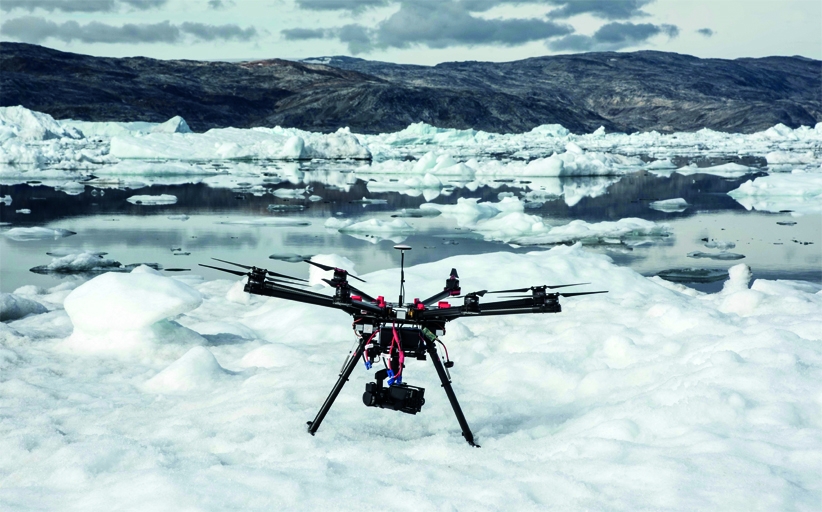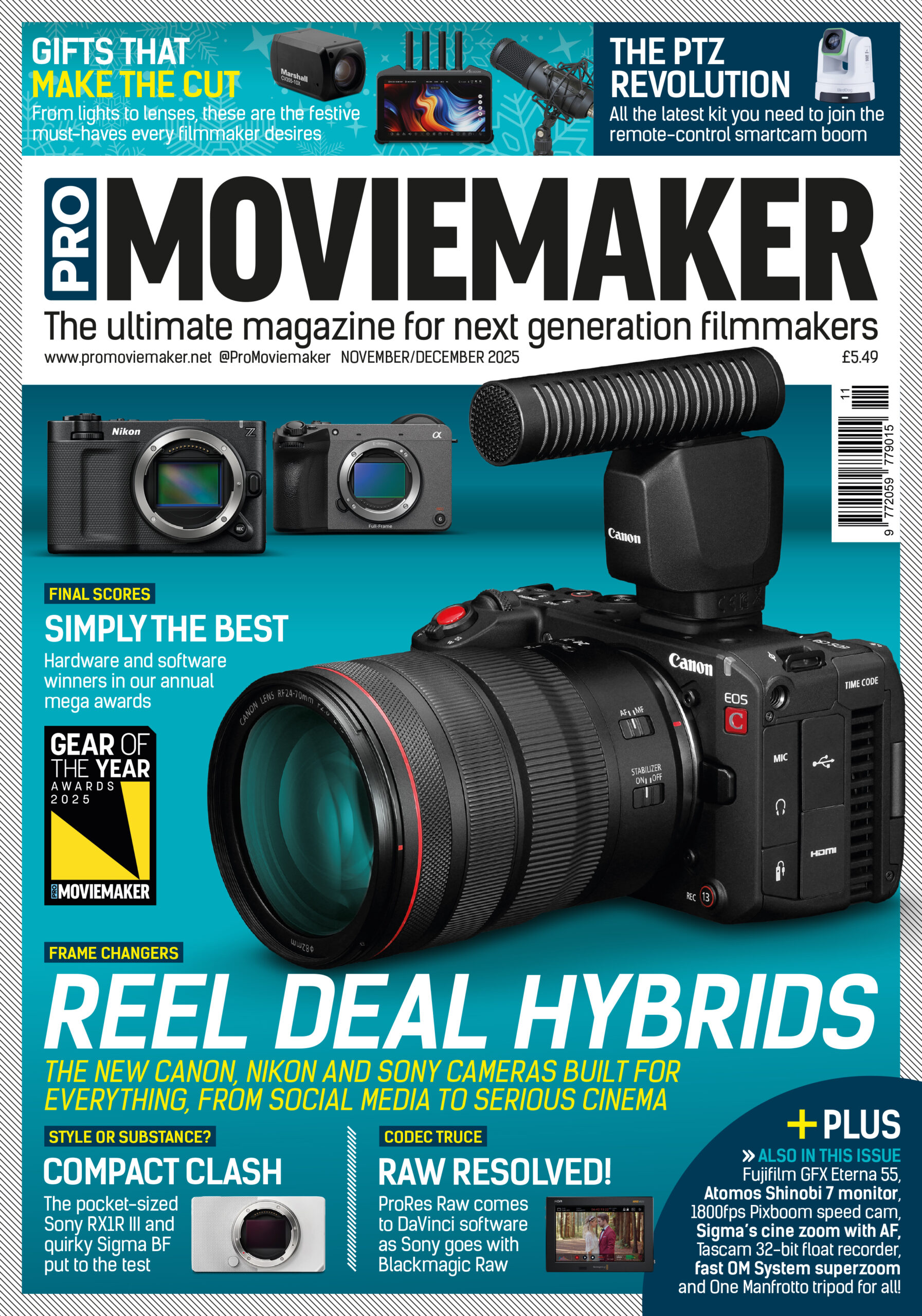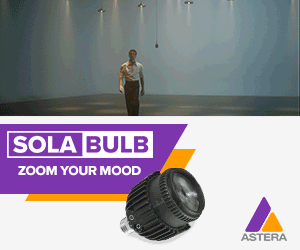
Interview: The Helicopter Girls
The Helicopter Girls, aka Katya Nelhams-Wright and Emma Boswell, are the go-to solution when a production needs some aerial footage
The whole world appears to have gone drone crazy, but it wasn’t always like this. Until relatively recently, those working in this sector were pioneers, improvising and getting hands-on when it came to assembling the craft they planned to shoot from. Nothing was off the shelf: drones were supplied in Meccano-kit form, to be built and adapted by the end user. It was the steepest of learning curves.
Painstakingly piecing together UAVs and beta testing pre-production gimbals, Katya Nelhams-Wright learned her craft the hard way. She gained her pilot’s licence in 2012 and is now one half of the Helicopter Girls.
“Learning how to balance those early gimbals and getting to grips with what was, at times, some really complicated software really helped me to come to terms with everything,” Katya says, “and it was a great learning experience.”

When asked how they became the Helicopter Girls, the other half of the duo, Emma Boswell, says, “We just kind of slid into the whole thing. We both had a factual TV background and regularly worked together. In 2009 we were collaborating on a film about street dog behaviour in Greece and we talked about having an aerial shot as part of this. As a joke, I bought Kat a remote controlled helicopter, and it started from there, really.”
And the name? “No, we’ve never actually flown real helicopters,” Emma confirms. “As we started to get more aerial work we would turn up on location and people would see us and say ‘Oh look, there’s the helicopter girls.’ We decided to adopt the name, since drones had something of a military connotation at the time, while the word ‘helicopter’ had a more pleasing, retro kind of feel to it.”
Cutting-edge flying
Over the past three years, Kat and Emma have acquired a great reputation for the quality of their aerial footage and they’ve worked on some seriously big productions, including shooting visual effects (VFX) plates for one of the sequences in the blockbuster Mission Impossible: Rogue Nation.
Their kit has now evolved to the point where they’re flying a selection of pro-spec, state-of-the-art drones. They were recently among the first in Europe to take delivery of the ARRI ALEXA Mini, a high-end cinema camera that was designed from the outset with drones in mind.
“In November 2013 we went to an event that the BBC had organised to talk about the benefits of multi-rotor drones,” Kat recalls. “While there we met Michael Jonas, who’s the ARRI ALEXA Mini product manager. We talked about how amazing it would be to have an ARRI camera that was light enough to lift with a drone, and when we later learned he had the go‑ahead to develop the ALEXA Mini we knew it was the way to go. Otherwise we might have chosen the RED route.

“For us, the Mini is perfect, and it was specifically designed to be used by people like us. For a start, there’s a family connection between this camera and the ARRI ALEXAs that so many film studios are using.
“We were constantly being asked if we could fly a conventional ARRI and we always said no, because although it was just about possible you would need a much bigger rig than we had. Now, of course, we can use the Mini and there’s a real connection, in that it acts very much like its big brother and the footage will look the same.
“The other wonderful thing about the ALEXA Mini is that it’s so beautifully balanced because it has a low centre of gravity and it’s been specifically designed to work on a gimbal. It’s also beautifully self-contained, and there are hardly any leads coming off it at all.
“We’re flying the camera and Zeiss CP.2 primes mounted on a MōVI M15 gimbal on a Freefly CineStar 8 rig that’s been modified for heavy lift, with cmotion cforce mini lens motors, and an HD video signal transmitting to the ground through a Teradek Bolt Pro 2000 Video Transceiver. We also have a Bright Tangerine Misfit ATOM matte box, and for camera and lens control we’re using the ARRI WCU-4 wireless unit.”
Kat and Emma were so keen to acquire the ALEXA Mini that they were one of the first operations in Europe to get one. They’ve now been flying it for a couple of months and they are really loving the experience.
“Every now and then you come across a camera that just perfectly suits you,” says Emma, “and this is one of those. It feels like we’re going to be best friends for a long time to come!”

Drama queens
Things haven’t just been changing on the equipment front: the type of work that Kat and Emma have been taking on has also undergone something of a transformation.
“When we started out flying drones, our background meant that we were mainly getting jobs shooting material for factual programmes,” says Emma, “but this has now changed, and I would say that more recently around 40% of our work has been for dramas. There’s quite a big difference between these two areas, mainly in the way that you prepare for the job.
“If you’re working on a drama the director and DOP will know what they want and you’ll be there to get specific shots. Your job will involve briefing actors and making sure that everyone knows what’s going to be happening and what the safety calls need to be. All shots will be scripted and you’ll look to get the footage the DOP is after. Then you’ll perhaps have time to try out some alternative ideas and things might evolve organically a little from there.
“With drama, there’s also the advantage that you’ll have control of the ground, so there’s less chance the general public will be nearby. That won’t be the case when you film for a factual production and you need to spend more time in pre-production, recce-ing the location and locking down a cordon if you need one.
“You’ll also need to be aware of the fact that you’re not allowed to fly within 150 metres of crowds or anyone who is not under your control with a standard heavy-lift system. You always have to bear that in mind.
“At the moment we’re trying to get dispensation from the CAA to reduce that distance by building our own congested-area rig from scratch, and this will incorporate such things as a ballistic parachute, dual-redundancy flight control and a kill switch so that we can bring the drone down quickly if we need to.
“Like the majority of our craft, it will also have eight rotors, four on top and four below, the theory being that if one of the motors was to fail for any reason, we would still be able to control the rig and to bring it safely down. That said, we’ve never had a rotor go on us yet.”
The age of the drone has arrived and for the Helicopter Girls the sky is, quite literally, the limit!
More information:
www.thehelicoptergirls.com









